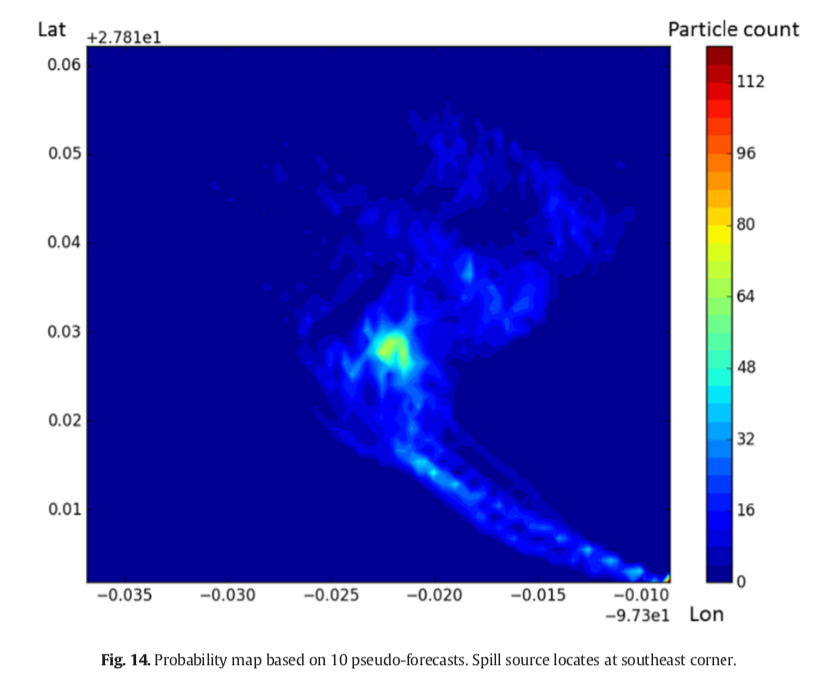Uncertainty quantification and reliability assessment in operational oil spill forecast modeling system
ABSTRACT: As oil transport increasing in the Texas bays, greater risks of ship collisions will become a challenge, yielding oil spill accidents as a consequence. To minimize the ecological damage and optimize rapid response, emergency managers need to be informed with how fast and where oil will spread as soon as possible after a spill. The state-of-the-art operational oil spill forecast modeling system improves the oil spill response into a new stage. However uncertainty due to predicted data inputs often elicits compromise on the reliability of the forecast result, leading to misdirection in contingency planning. Thus understanding the forecast uncertainty and reliability become significant. In this paper, Monte Carlo simulation is implemented to provide parameters to generate forecast probability maps. The oil spill forecast uncertainty is thus quantified by comparing the forecast probability map and the associated hindcast simulation. A HyosPy-based simple statistic model is developed to assess the re- liability of an oil spill forecast in term of belief degree. The technologies developed in this study create a prototype for uncertainty and reliability analysis in numerical oil spill forecast modeling system, providing emergency managers to improve the capability of real time operational oil spill response and impact assessment.


